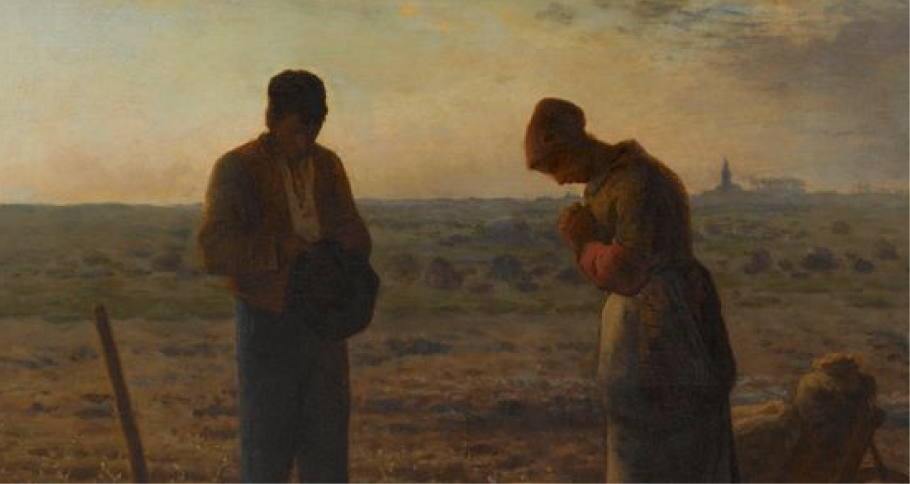When writing about architecture, it can be easy to forget that most buildings have a purpose – people. It’s a brave move, therefore, to write a book about a global religion and base it entirely around buildings. The temptation to be like other books on churches, which can be dry or pious beyond belief, is a risk hinted at by the dust jacket of Twelve Churches: An unlikely history of the buildings that made Christianity, which depicts a technical drawing of a church.
Thankfully Twelve Churches is a different beast. The wider historical details crowbarred into each chapter take up the lion’s share of the prose, but the author Rev Fergus Butler-Gallie excels at anchoring the origins of each building in the people that built it, used it and were inspired by it.
This means the reams of footnotes never get too heavy. Whether it’s insightful and tender examinations of churches in Rome and Bethlehem, or the grim and gripping history behind the tiny Christian shrine on a Japanese mountainside, and the sacrifices involved in keeping there, stories focusing on the passions and eccentricities of those involved pepper the narrative.
Droll understatements are the book’s quiet strength, and one of the things that make it so readable. The moments when various ex-rulers turn Rome and its celebrated basilica into a temple to little more than their own faded glory elicit many chuckles – the tensions between Pope Alexander VII and the former Queen Christina of Sweden (who apparently prompted shock and outrage for the way she sat on chairs, along with her plan to invade Naples) are a case in point.
Things rarely get too heavy, but the light touches also never undermine the serious points about power and violence, and the roles churches have played in maintaining them.
The book strikes a reasonable balance between different sectors of the globe and treats the wildly different cultural contexts of places of worship in the Horn of Africa, the Far East and Latin America with the care and attention to detail they deserve. It’s a sobering reminder that as far as the future of Christianity is concerned, Europe and the US will be an afterthought.
For anyone with a background in Ethiopian history, the chapter on Bete Golgotha in Lalibela could have made the heart sink for including yet another mention of the Arc of the Covenant, but Butler-Gallie does a skilful job of unpicking Ethiopia’s rich religious heritage, treating those threads separately from some of the more fantastical obsessions of outside observers.
He also manages to take seriously the reality that many church-builders in Lalibela and beyond saw “the new Jerusalem” as an exciting possibility worth striving for, while underlining the slight absurdity of it all by pointing out how many sects that believed in the Second Coming have since died out.
Humans are not good at waiting, especially for something that hasn’t arrived yet – but a lot of global conflicts make sense when you understand them as the pursuit of some kind of Jerusalem, secular or otherwise.
Considerable detail is given over to explaining how, “Jerusalem is a somewhere, not a nowhere. Specifically it is here.” Whether or not we’ll get there, and who might have to be sacrificed in the process, is a worrying thought to reflect on.
If Butler-Gallie’s impressive gallop through time and physical space has a weakness, it’s the author’s slightly too cosy defence of people who love nation and God in equal measure. This isn’t quite interrogated enough, especially against the backdrop of Christian symbols being appropriated more and more by the far Right.
The hard question behind this isn’t quite answered – how a faith with a universalist message can somehow be hemmed in by the narrow lines of nation-states.
That said, he makes the more subtle point that attempts to get back to what Christian gatherings would have looked like in Jesus’ time are also a fools’ errand. Church buildings inevitably merge with their geographical locations, shaping their role in local and national stories.
As Butler-Gallie puts it, “Nation and Christianity being intertwined was always complicated.”
Indeed. As the author constantly iterates, the humans who inhabit these buildings, and their sometimes less-than healthy obsessions, are at the heart of the book.
The sage line, “The affairs of nations showed themselves to be issues of human pettiness but painted onto a global canvas” shows how very unpious some national religious agendas, and those behind them, are and were. Though the point clashes a bit with his claim that nationalism fused with a religion, one that started out abhorring the company of the powerful, is actually rather more wholesome than we all thought.
Some of the uneasiest reading comes via the chapter on the Christian incursion into Japan. The gory punishments meted out on those seen to be declaring allegiance to a power beyond the State is a reminder of how Christians have known real persecution as well as having been the persecutors.
Churches everywhere are a testament not just to the durability of brick and stone, but to belief itself. Faith isn’t going away – it just might have a very different physical presence. Let’s hope this author continues to document it.
Photo: Spectators queue in the lee of a church outside a cricket ground ahead of a match between Somerset and Warwickshire in Taunton, England, 17 August 2025 (Photo by Harry Trump/Getty Images)
Twelve Churches: An unlikely history of the buildings that made Christianity, by Fergus Butler-Gallie, Hodder & Stoughton, £21-£30, available here




.jpg)




.jpg)
.jpg)
.jpg)




